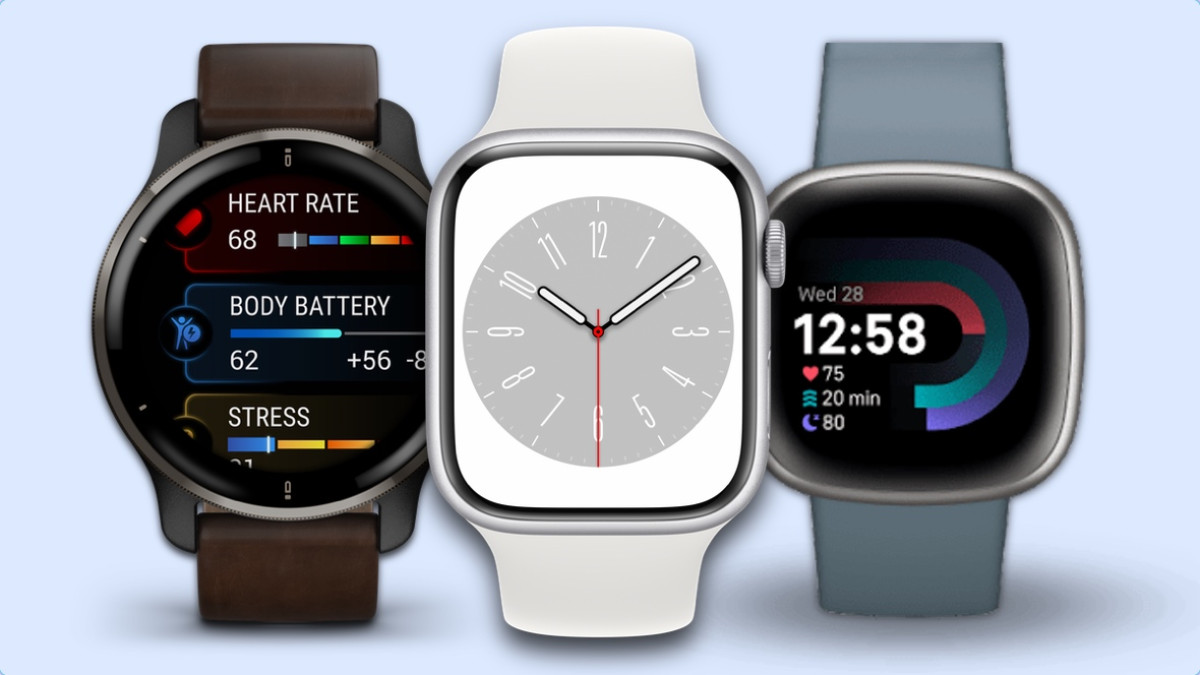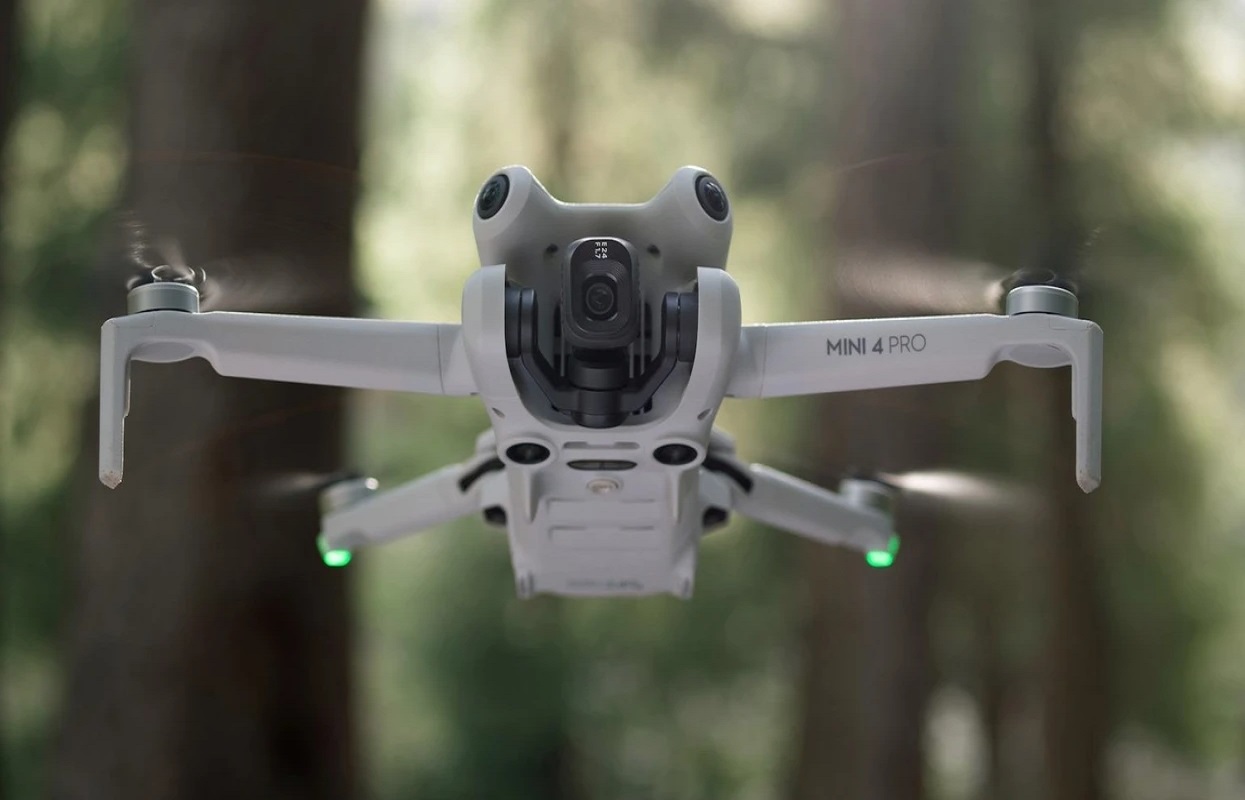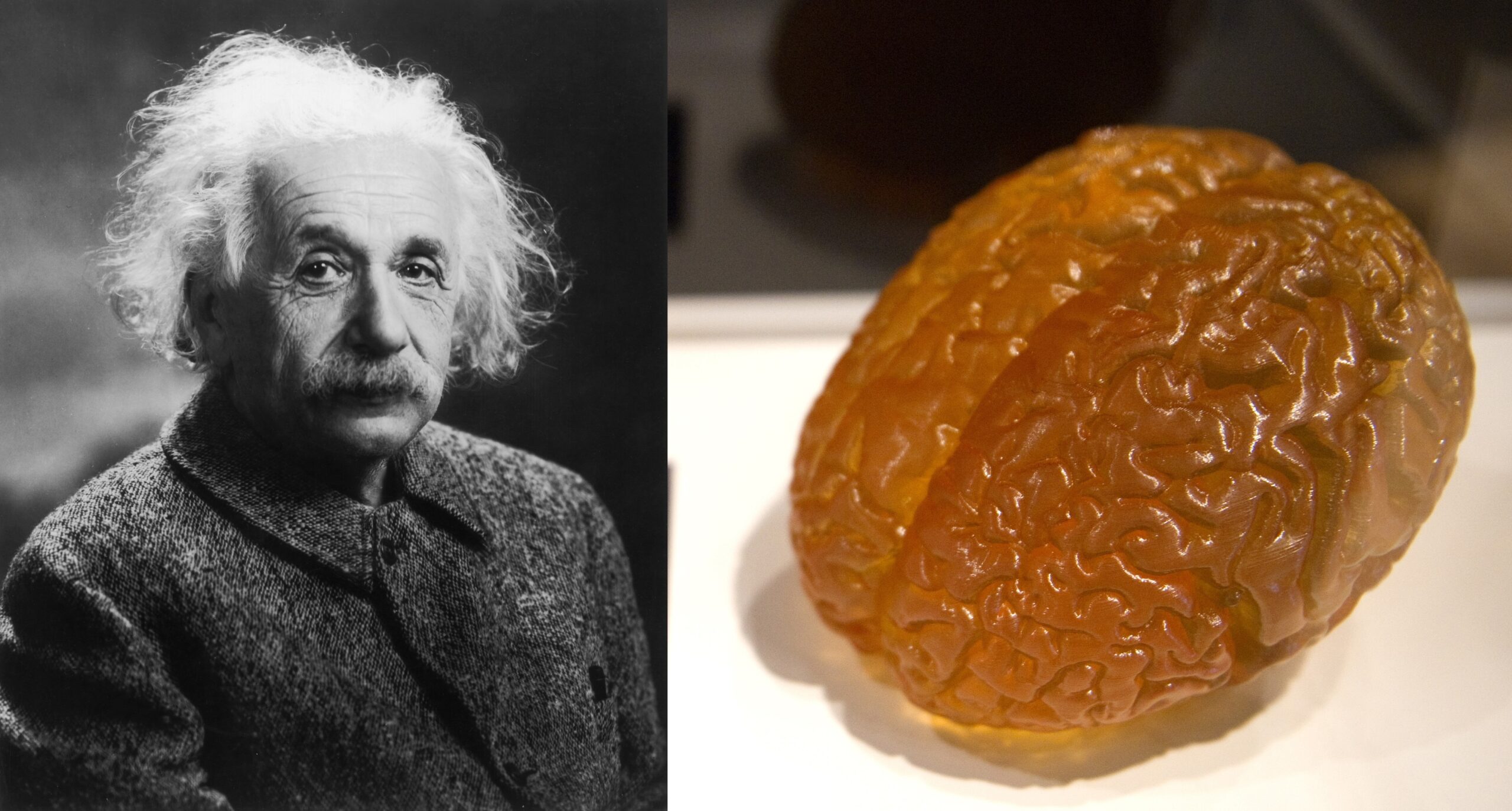Every year, I teach a class for aspiring data scientists. In the first class, I ask my students what they want to learn. Often, they say they want to “analyze data” or “build good models.” But when I run workshops with practicing data scientists, they talk differently. They call it “solving problems,” which is a step in the right direction, but still too narrow.

As data and analytics play a growing role across industries, from agriculture to healthcare, the next generation of data leaders will have broader responsibilities that affect strategy, decision-making, and operations. To prepare this new talent, I’ve developed a framework with four key areas of skills and capabilities. This framework helps data scientists understand how their skills can add maximum value to a business, making data science work crucial and indispensable for their business counterparts.
Using this framework, current and future data scientists can evaluate their knowledge and identify areas for improvement in these four areas:
1. Problem Spotting: Seeing the Real Issue
– Data leaders have a unique vantage point to identify and solve problems across the business.
– They should focus on problem-spotting by gaining deeper insights into various aspects of the business.
– By doing so, data leaders can add value by identifying hidden problems.
2. Problem Scoping: Gaining Clarity and Specificity
– After spotting a problem, the next step is defining its scope and understanding how data analytics can help.
– Effective communication is crucial to ensure data analytics tools can contribute to solving the problem.
– Data leaders should ask probing questions to clarify the problem’s nature and potential solutions.
3. Problem Shepherding: Getting Updates and Gathering Feedback
– Data analysts often isolate themselves until they find a solution, which can be problematic.
– Effective problem-shepherding involves sharing preliminary results and gathering feedback throughout the process.
– Regular updates and feedback help ensure the final solution aligns with business expectations.
4. Solution Translating: Speaking in the Language of the Audience
– Transitioning from problem to solution involves delivering an understandable and actionable solution.
– Data leaders must convey insights or recommendations in language that business teams can comprehend.
– Using simple language while retaining complexity helps engage business leaders with compelling and understandable solutions.








